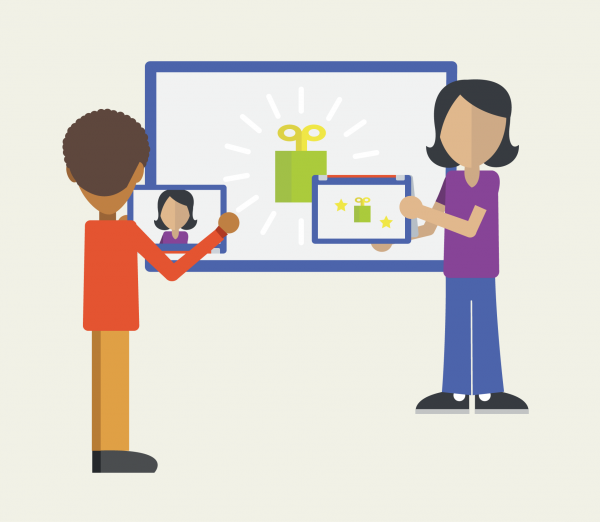
Throughout the last decade, podcasts have become increasingly mainstreamed for all kinds of listeners. As the genres and audiences for this medium expand, you may want to take a stab at creating one of your own. In this project, you will start with the basics by creating a short audio story about any topic of your choosing.
Before creating your story, listen to different examples and consider the unique ways the stories are produced. Some examples of short audio stories are below:
What tools are available to you to create your audio story? At the minimum, you will need a computer and a device for recording. The device you use to record could be your smartphone, an audio recorder, or even the mic on your computer.
Create a short audio story that runs for five minutes or less. Use the steps below as a guide for your process:
Tell a story about any topic that interests you. Your story can be based on true events or you can tell a fictional story.
If you need ideas to get started, consider the following prompts:
Before you begin recording, plan the content of your story. Consider the following questions in your planning:
At some point in the production process, you will want to create a script for your audio story. If you are creating a story told by a narrator that doesn’t introduce interview clips (for example, Walking Together), you may create a script before you record the story. If your story will include audio clips from interviews, it is better to create a script after you have recorded the interviews. Check out this resource from NPR on creating a script.
Use your recording device to capture the audio for your story. Check out these resources for production from NPR, including this checklist for recording sounds from the world around you.
If you decide to use Audacity, you may reference their tutorials as you get started.
If you include music in your story, be sure to adhere to copyright laws. A list of creative commons music libraries are here.
For more resources on producing an audio story, you can check out the Student Podcast Guide and audio storytelling guides, both from NPR.
Export your finished piece to a file format you can share with others. Once your piece is finished, reflect on your process:
Produced by Digital Promise Global, with thanks to the Open Educational Resources listed throughout this guide. Distributed to Learning Studios schools as part of HP, Inc. and Microsoft’s Reinvent the Classroom.
This work is licensed under a Creative Commons Attribution-ShareAlike 4.0 International License. You may share this project or modified versions of it under this same license.

We want to hear from you!
Please take this 5-minute survey and help us serve you better.
